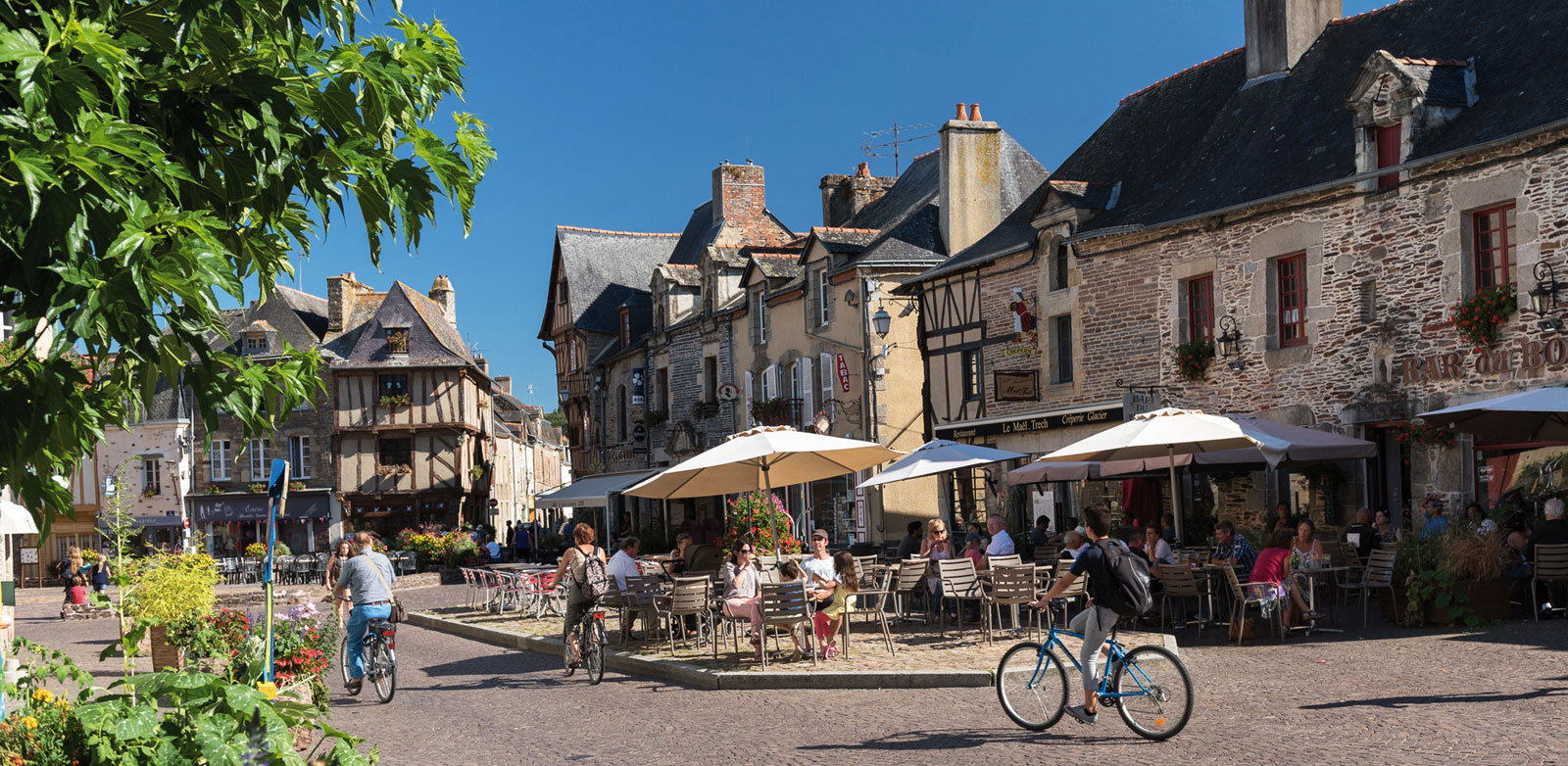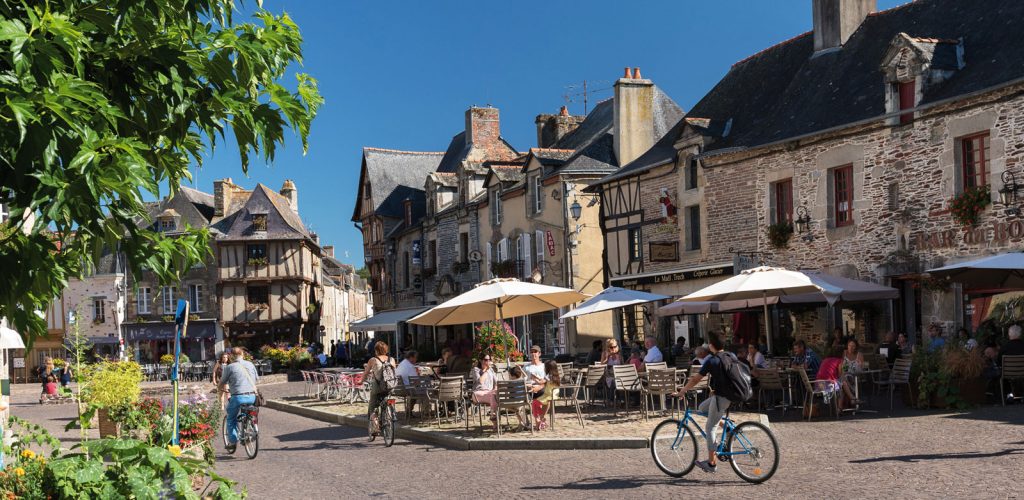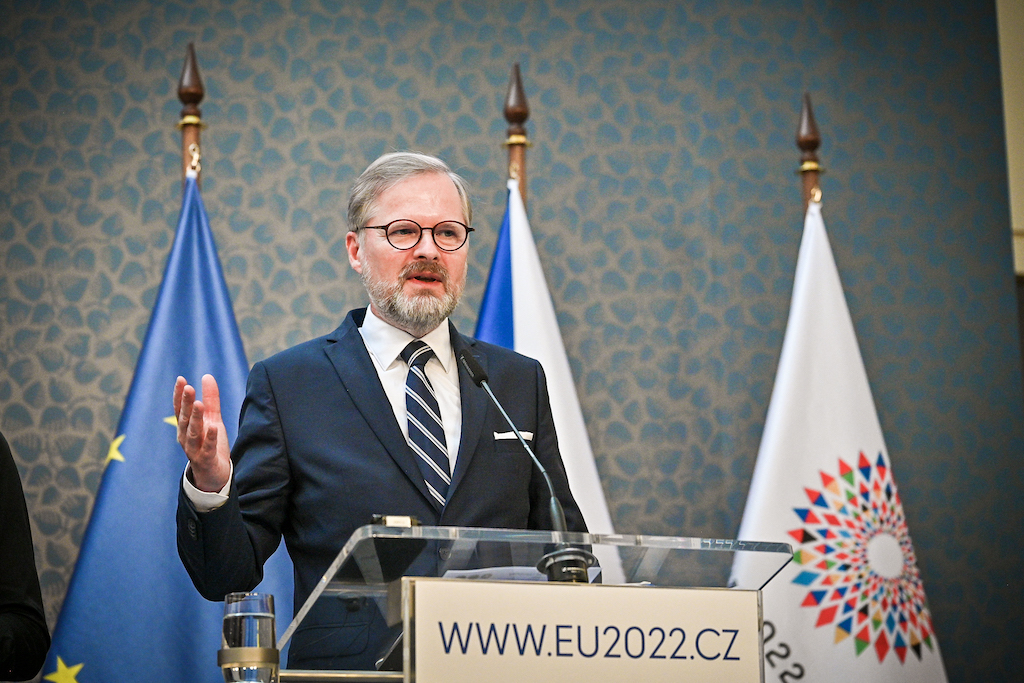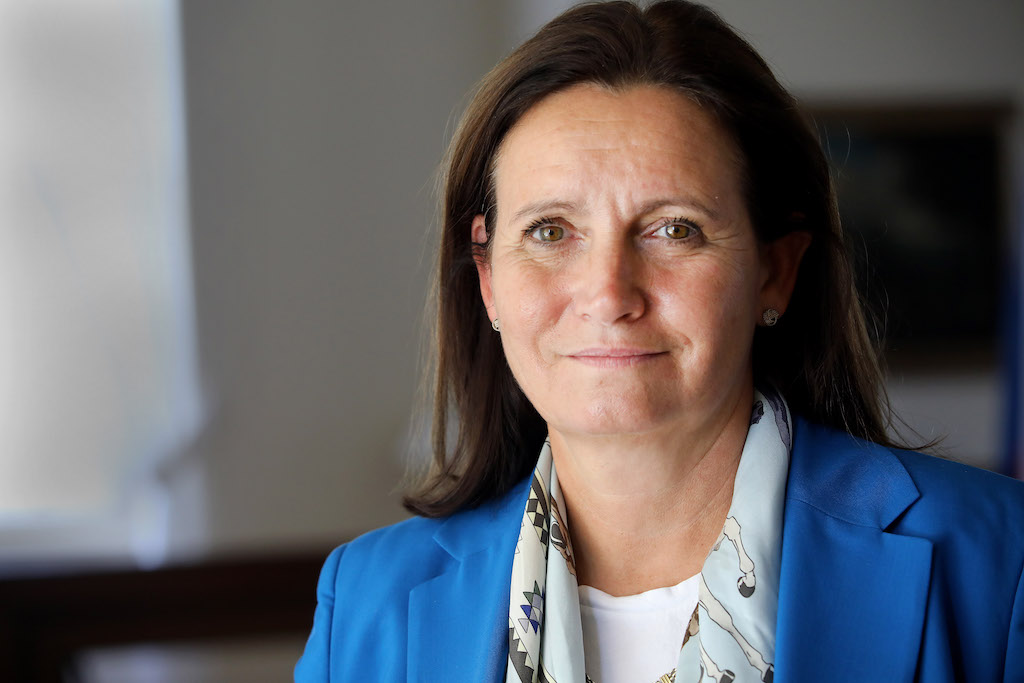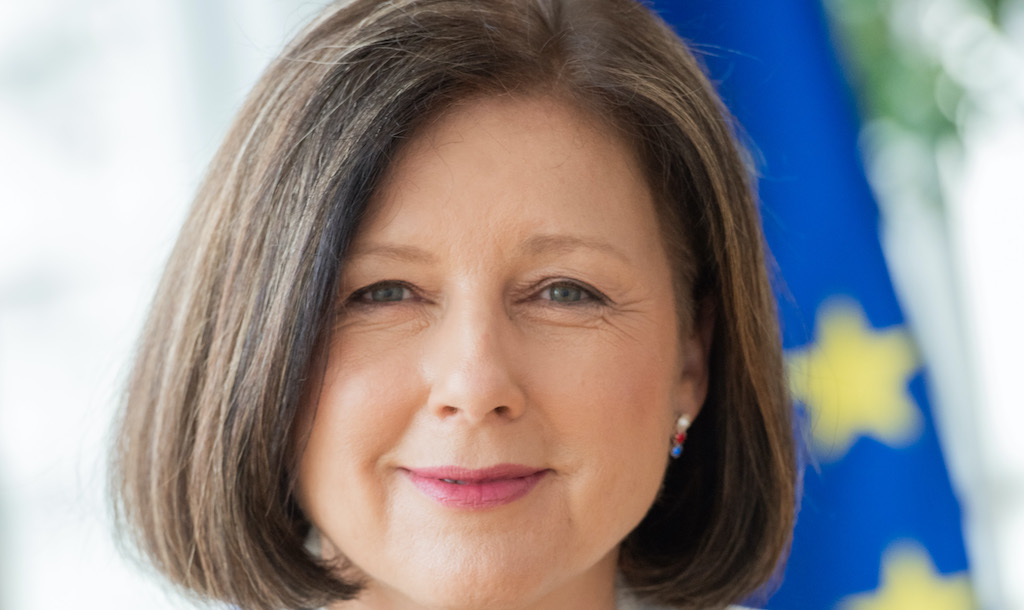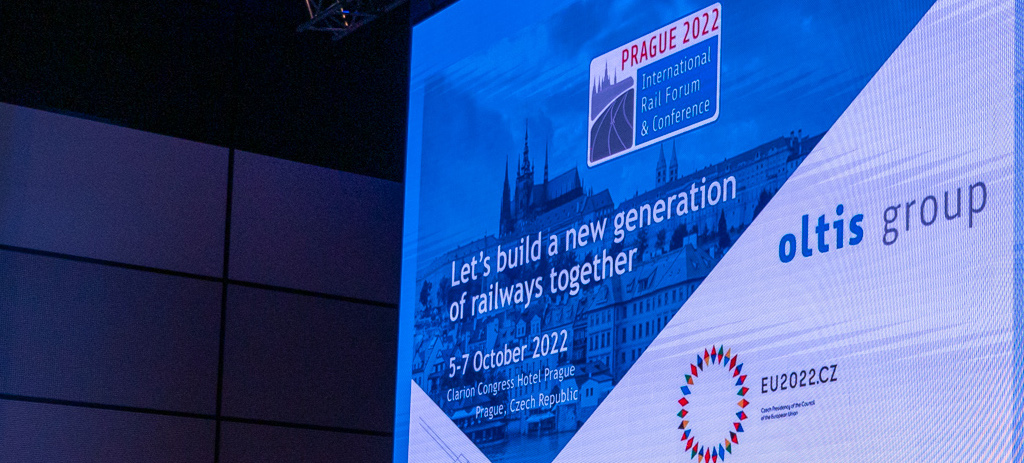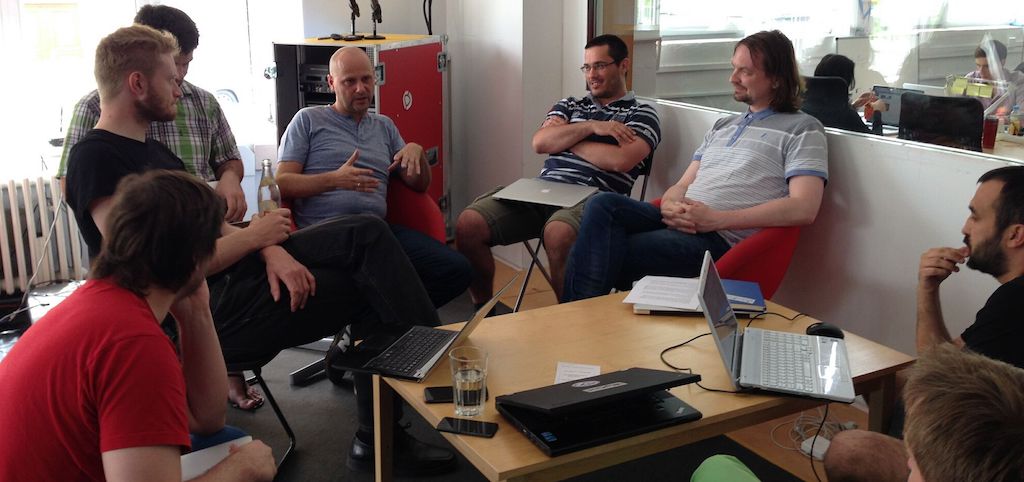 JGDE. Bretagne is regularly at the top of the tourist destination rankings. What is the economic and social weight of the sector for the region?
JGDE. Bretagne is regularly at the top of the tourist destination rankings. What is the economic and social weight of the sector for the region?
Anne Gallo. With 12.8 million tourists welcomed in 2016 for 96.4 million overnight stays, Bretagne is one of the main French tourist destinations. Tourism accounts for 8.1% of GDP and 57,600 direct and indirect jobs, representing 4.8% of regional employment.
JGDE. You preside over the Regional Tourism Committee (CRT). Can you tell us about its missions and governance?
AG. The CRT Bretagne is a tool for the development and promotion of regional tourism. It is a federative body for all the region’s tourism players. It is financed by the Regional Council to deploy the tourism strategy and «to affirm Bretagne as an exceptional tourist destination». Its associative statutes ensure a shared governance between the institutional actors and their operators on the one hand, and private and associative actors on the other.
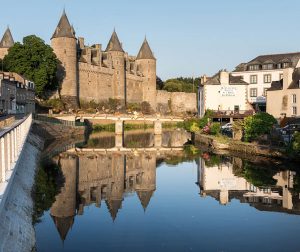 JGDE. You are also Vice President of the Regional Council for Tourism, Heritage and Waterways. What are the reciprocities between these three areas?
JGDE. You are also Vice President of the Regional Council for Tourism, Heritage and Waterways. What are the reciprocities between these three areas?
AG. In order to carry out the objectives of repositioning and reconquering tourism that the Regional Council aims at, it seemed necessary to involve the services of tourism, valorisation of heritage, inventory of heritage and waterways. This makes it possible to better organise the synergy of heritage and tourism policies, to reposition and revitalise heritage and waterway policies and to bring together the interests of the various actors. The ultimate objective is to establish a renewed attractiveness of tourism.
Tourism is supported and enriched by the identity of Bretagne, what makes the art of living together, its landscapes, its waterways, its heritage and its artistic creativity. Bretagne remains one of the most attractive regions, welcoming nearly 20,000 new inhabitants every year. This is obviously a major challenge, but above all a factor of enrichment and economic activity.
Our regional policies on tourism, heritage and waterways enable the Bretons themselves to discover and allow others to discover the riches of their region. They can participate, in their own way, in their preservation, enriching the art of living and the regional sociability.
JGDE. The Region has renewed its tourism strategy by identifying 10 destinations. How was this choice made?
AG. Bretagne needed a new organisation adapted to gain clarity and performance, integrating the changing needs of clients and service providers, all in the service of better economic efficiency.
The Tourism Strategy for Destinations, proposed by the Region in 2012, is based on the MORGOAT 2005 study which highlighted 10 major destinations and areas of flow. These are distinct geographical universes, with their own appeal.
The 10 tourist destinations constitute the heart of the Destination Bretagne contract launched by the Ministry of Foreign Affairs, which makes Bretagne one of the 22 French brands promoted internationally. These are project territories which, in a «public-private» partnership approach, support integrated tourism development and diversification strategies.
They are in fact the local mesh of structuring and tourist development and the EPCIs have a central role to play.
JGDE. European and international customers are very important. What are the promotional tools you use to capture and retain them?
AG. It seems essential to us, in the current context, to reinforce our valorisation activities in the traditional European markets and to address distant markets with high potential.
Four approaches are used in local markets: image campaigns; tactical campaigns in support of air or sea links; partnerships with neighbouring territories;
working with distribution networks and tour operators. For distant markets, we are part of global economic partnerships, for example, in the Australian market where the actions are part of a France-Australia intergovernmental agreement, or we integrate into global promotion of France. This is the case in the Chinese, Canadian and American markets.
 JGDE. A recent CESER report pointed out the possible consequences of the Brexit on Bretagne’s economy. With more than 600,000 British visitors a year, tourism seemed particularly impacted…
JGDE. A recent CESER report pointed out the possible consequences of the Brexit on Bretagne’s economy. With more than 600,000 British visitors a year, tourism seemed particularly impacted…
AG. The British constitute the main foreign tourist clientele of our country. In Bretagne, it is an essential clientele, with 635,000 tourists for 5.6 million overnight stays, or 35% of the Breton foreign clientele.
Immediately after the vote on 23 June 2016, the issue of tourism became a major concern. The outcome of the negotiations is uncertain and it is difficult to imagine the overall economic impact. We believe, however, that in the long term, British customers will remain the region’s main foreign customers. It is therefore essential for us to maintain efforts to attract British customers, especially since, for several years, we have seen a decline in this clientele in France. It is a more worrying trend than the Brexit, which forces us to re-examine our offer.





